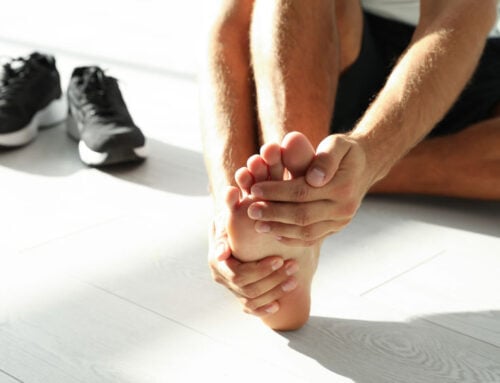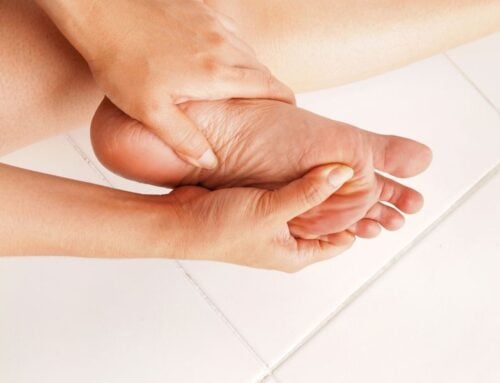Healing A Heel Spur
Affecting about 15% of people, heel spurs are bony growths on the bottom of the heel bone. Spurs are caused by stress on the ligaments in the foot and can result in sharp pain. Conservative and surgical treatment options can help with the discomfort.

Conservative treatment
Most people prefer to treat the problem at home when foot pain arises. With heel spurs, conservative treatments can offer significant relief. Although resting is easier said than done for most active people, this approach is the best way to relieve the pain of a spur. Stay off the heel as much as possible and elevate the affected foot when sitting down. Hot and cold therapy is another conservative treatment known to relieve pain. Add an ice pack to the affected heel for 15-20 minutes to reduce swelling. Then, switch to heat application. A hot bath or a heating pad can help increase blood supply and promote healing.
OTC medications
Another approach to treating heel spurs is to take over-the-counter (OTC) medication to decrease inflammation and pain. Nonsteroidal anti-inflammatory drugs (NSAIDs) are typically the first-line OTC treatment recommended for heel spur pain. The drugs work quickly and offer significant relief for many people with painful heel spurs.
Better shoes, less pain
Fancy shoes can be fun but often don’t offer the necessary support. Selecting a supportive tennis show that fits well can make a big difference in decreasing daily pain. Additionally, some people can benefit from orthotics, which help cushion the heel and offer more support.
When surgery is necessary
More than 90% of people get better with conservative treatment. However, heel spur pain persists in some cases, and surgery is needed. Generally speaking, the healthcare provider will recommend trying nonsurgical treatments for at least 9 months before considering surgery. If the patient decides to proceed with surgery, a heel spur removal or release of the plantar fascia can be performed depending on the underlying problem and extent of the pain.
Say goodbye to foot pain
Heel spurs can be uncomfortable and bothersome. Nonsurgical treatment such as rest, hot and cold therapy, and OTC medications can help reduce pain. In some cases, surgery is needed if the spur does not respond to conservative treatment after a few months. People prone to heel spurs should also focus on the prevention of new growth by wearing supportive shoes, stretching before activity, and not gaining too much weight. With the right approach, pain in the heel can be a problem of the past.



